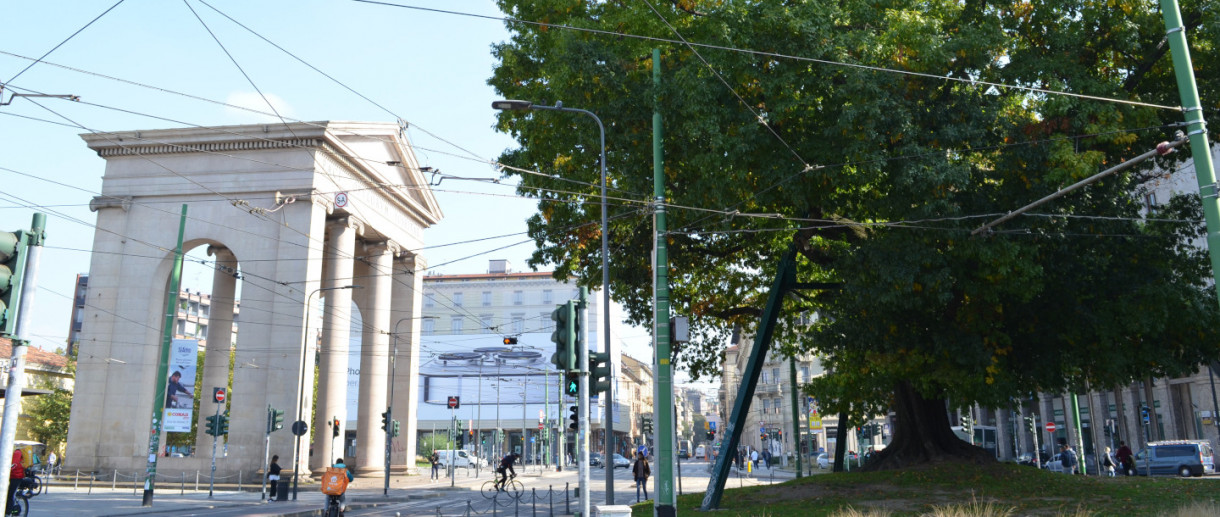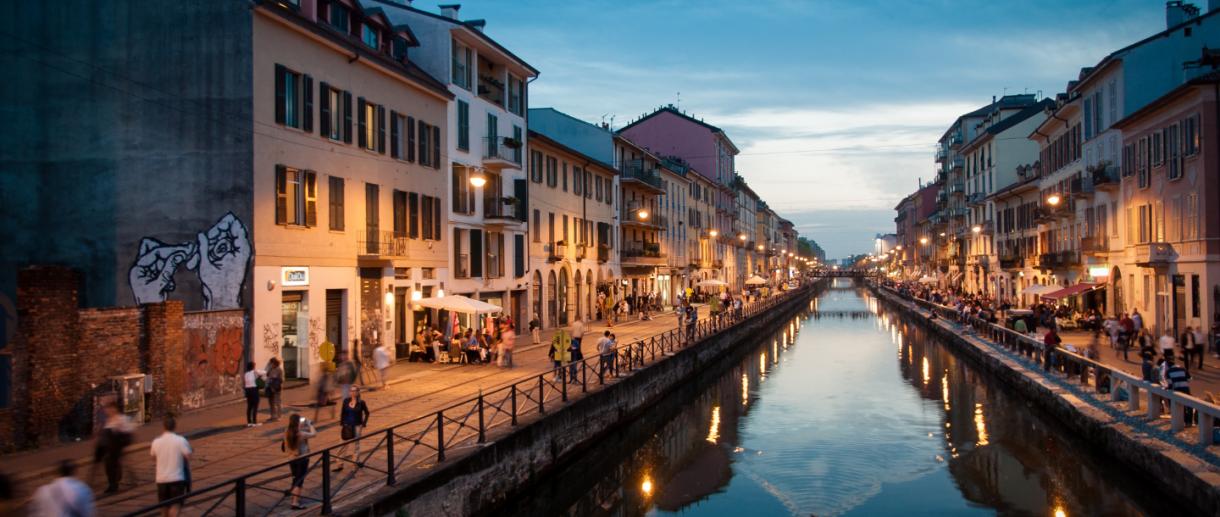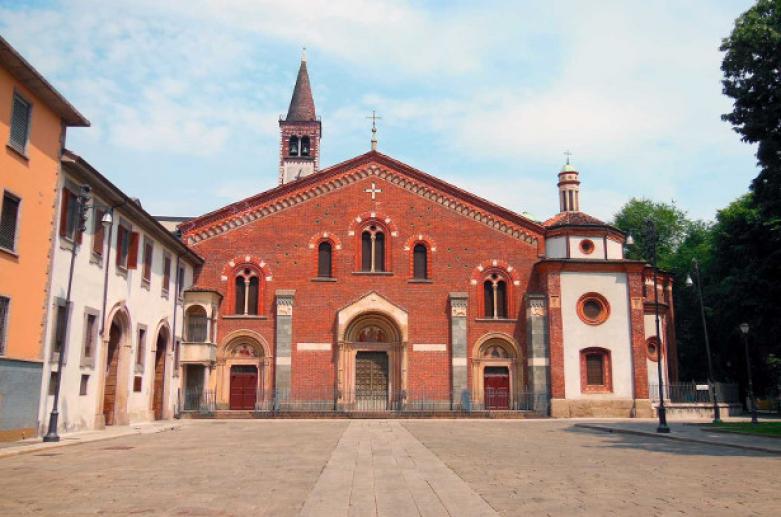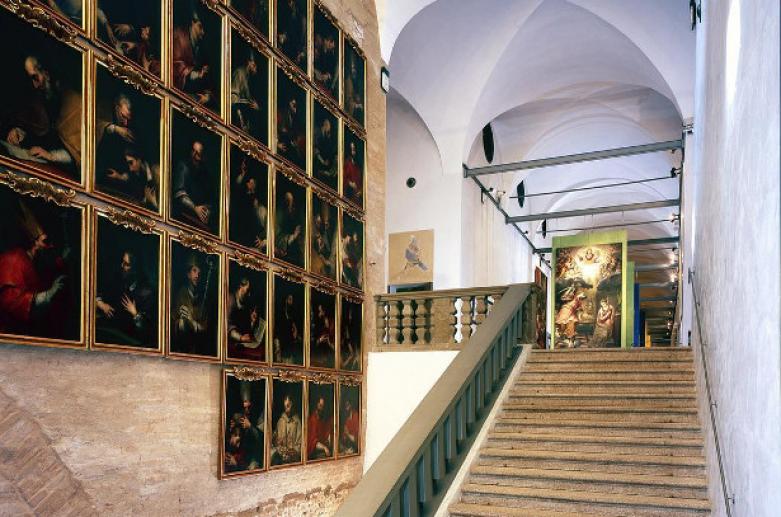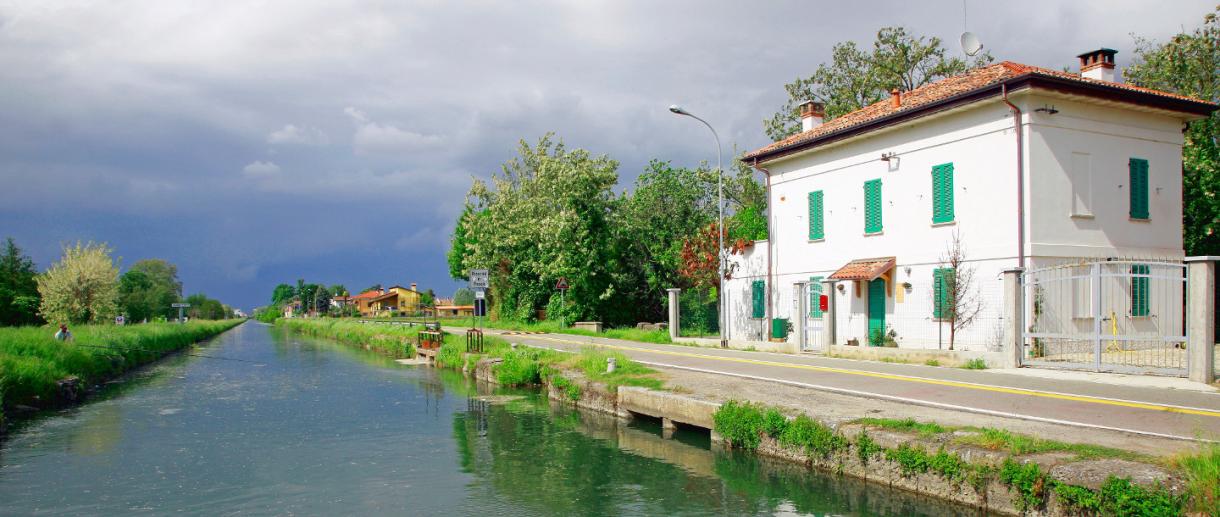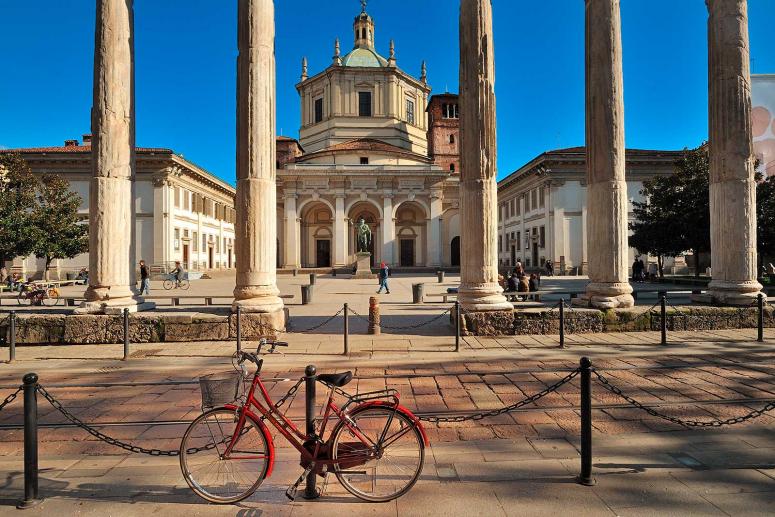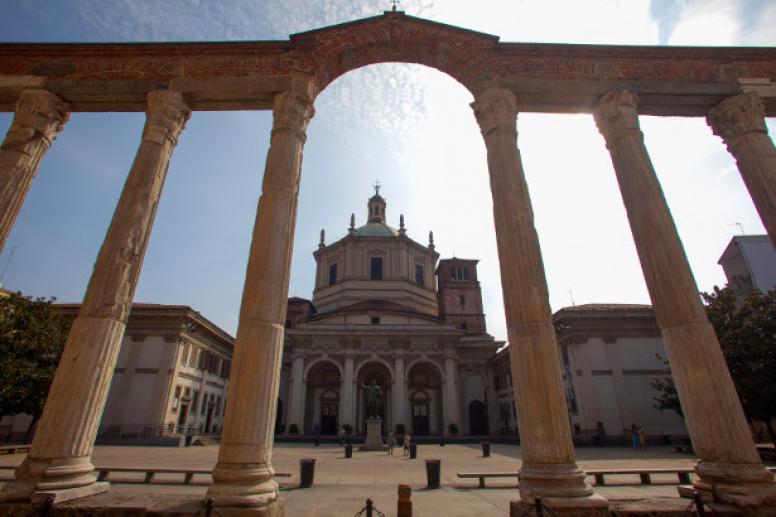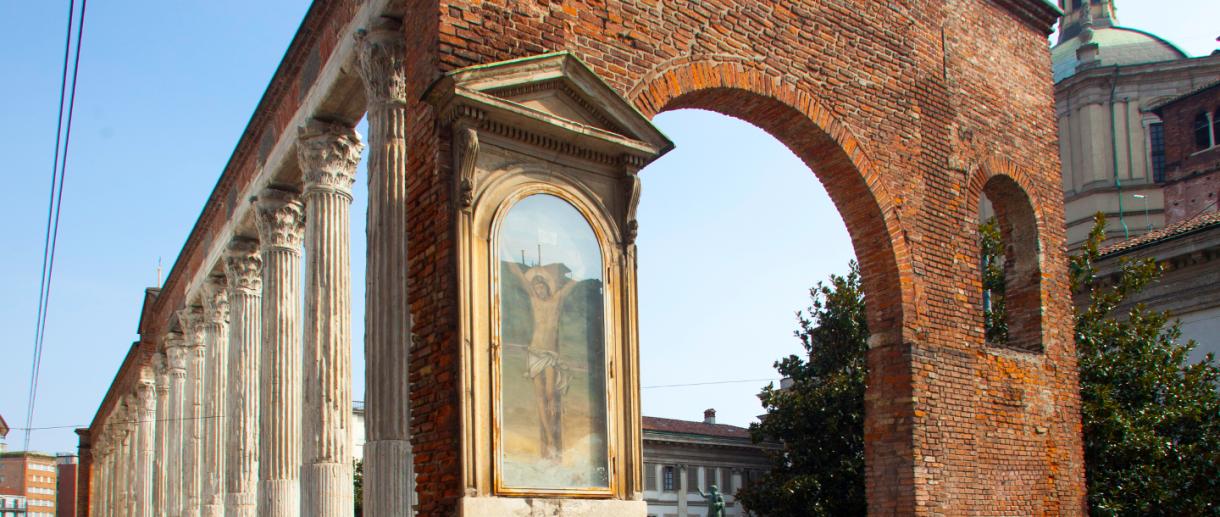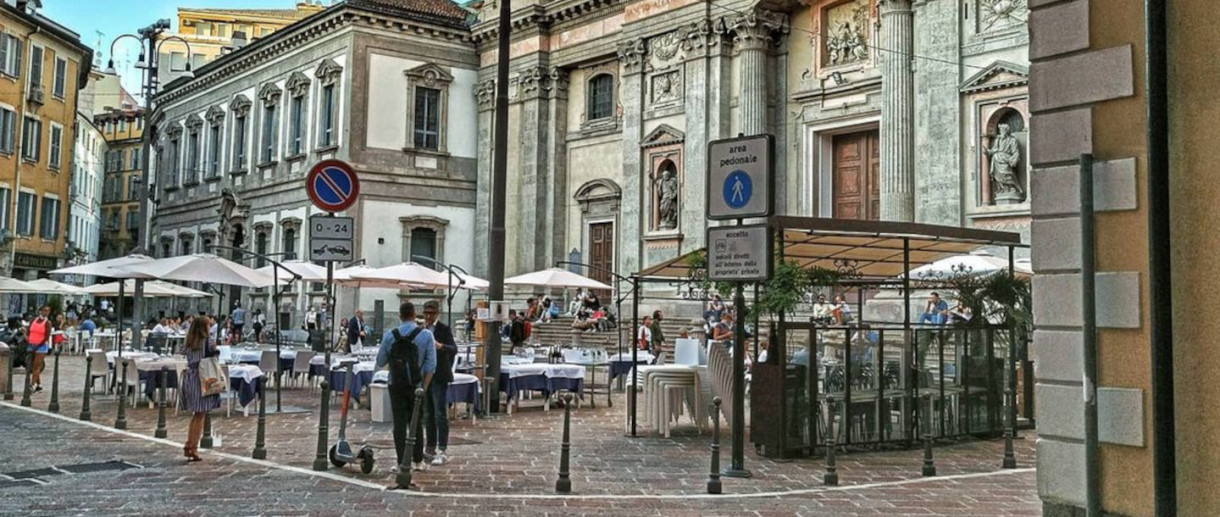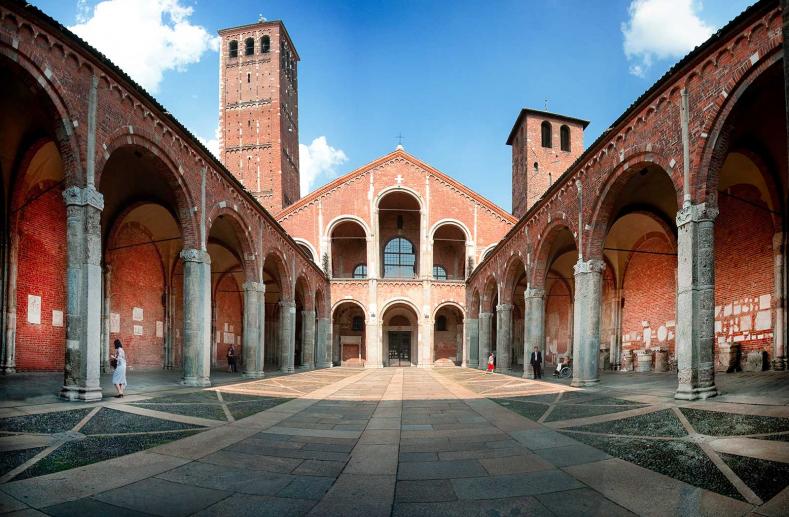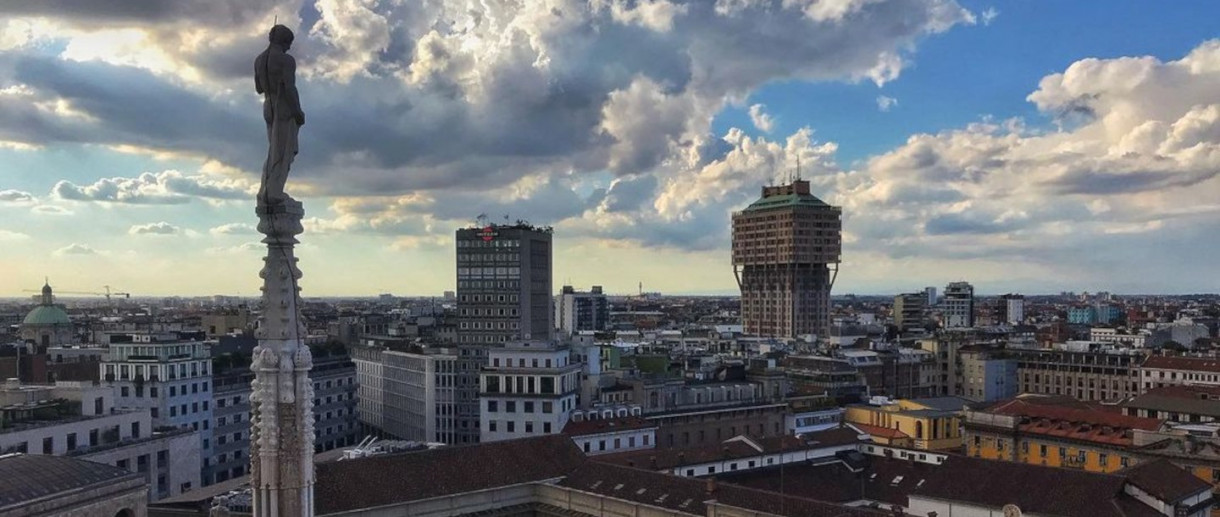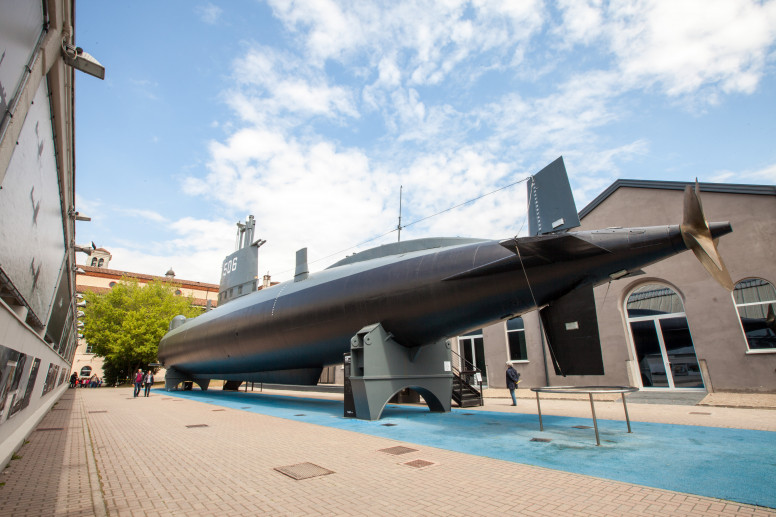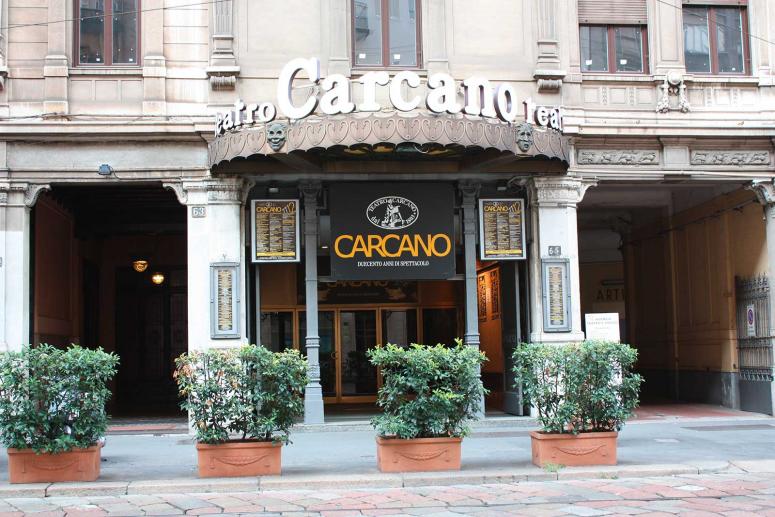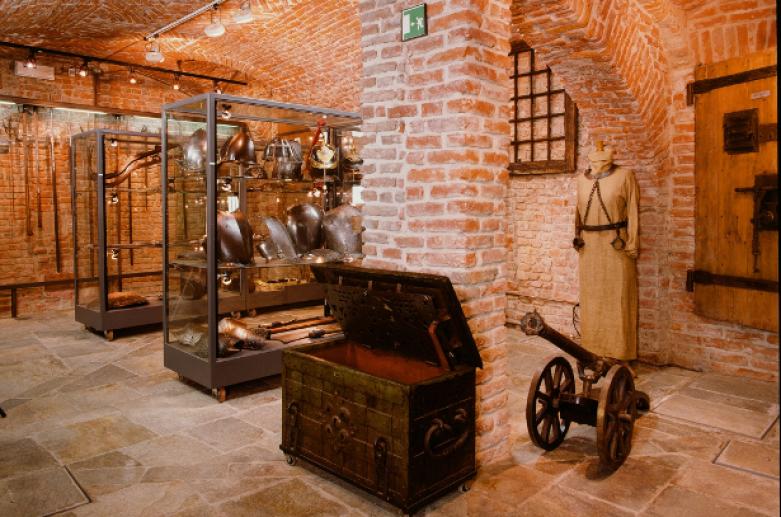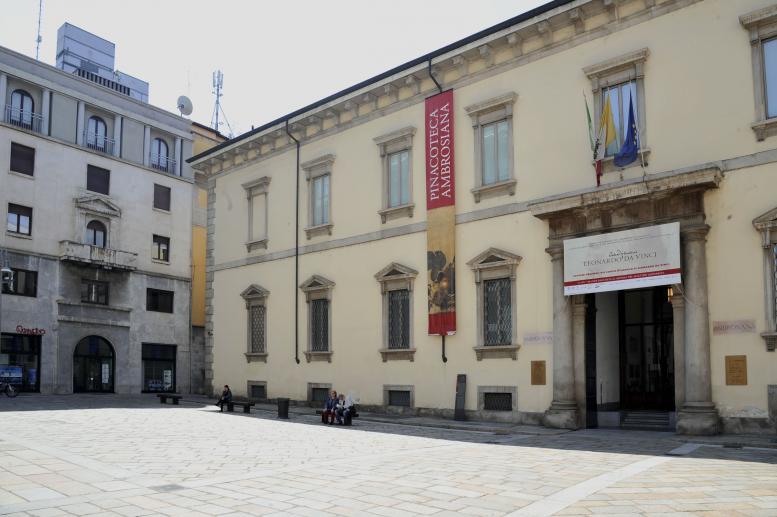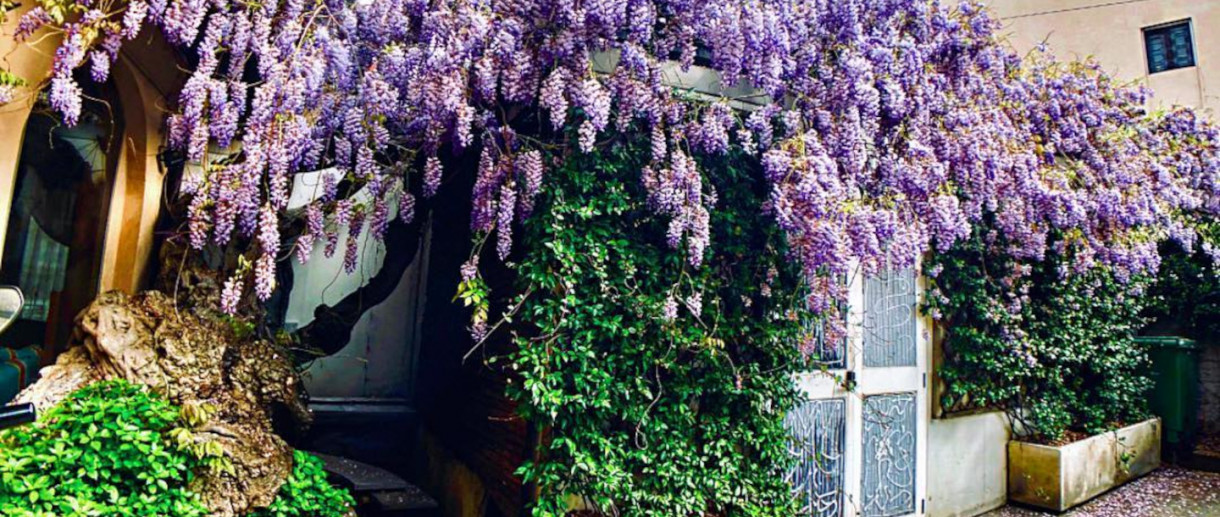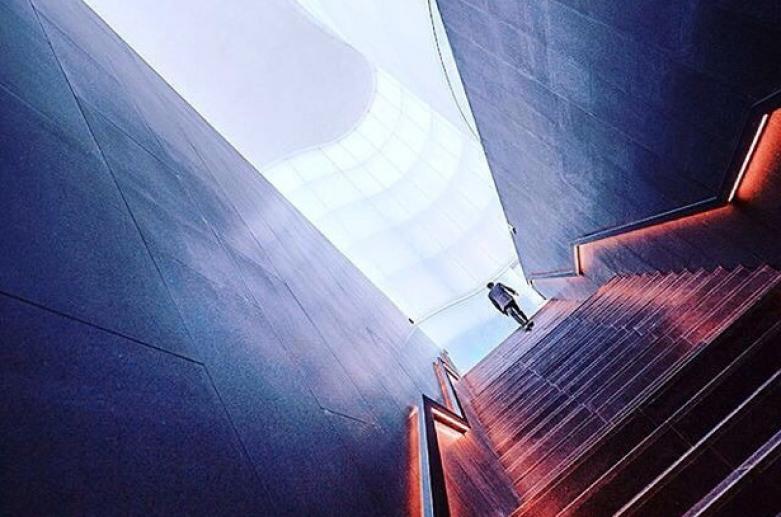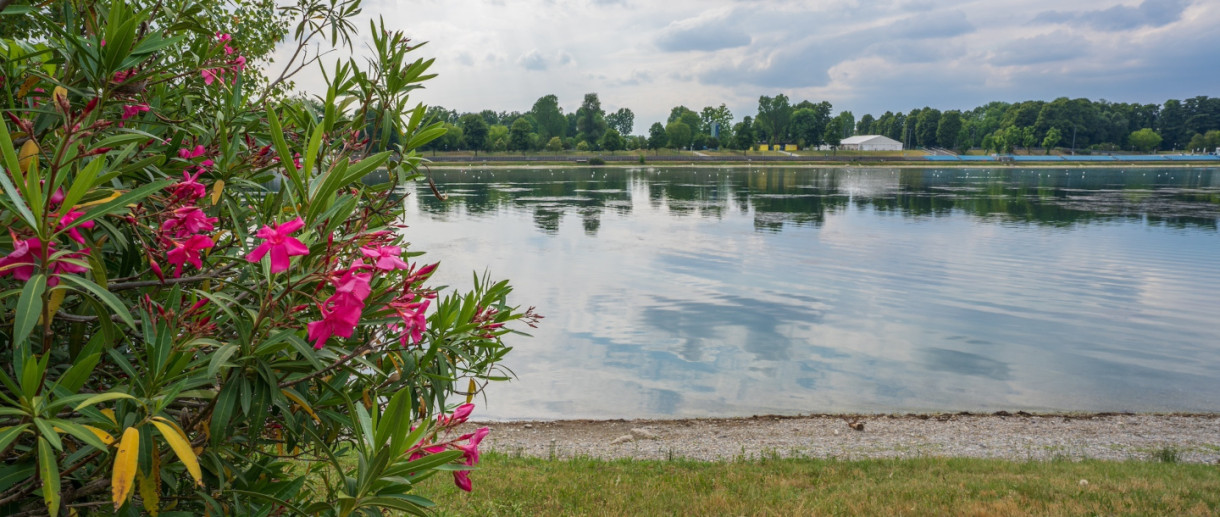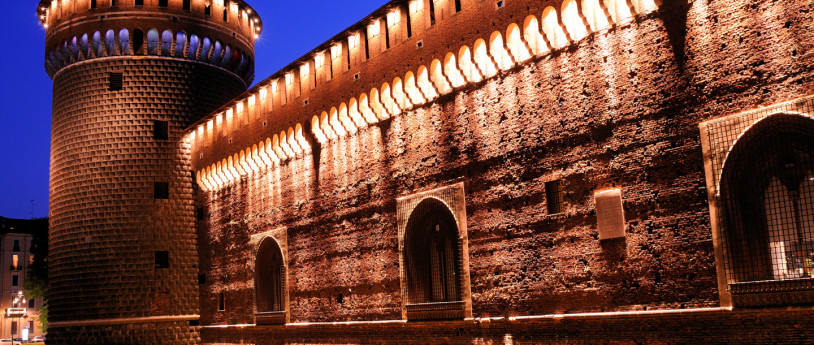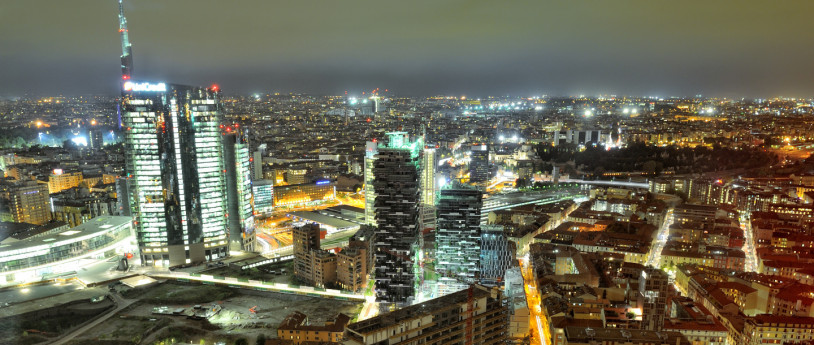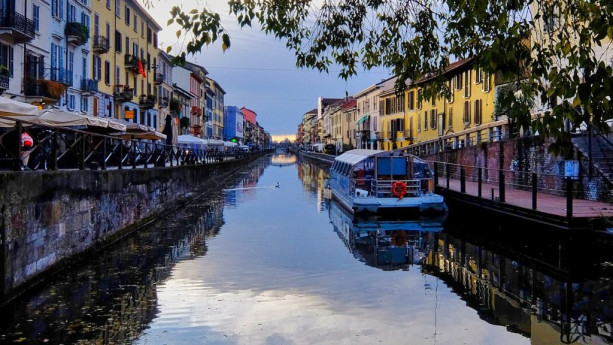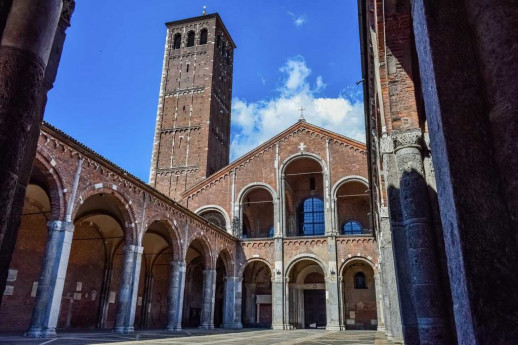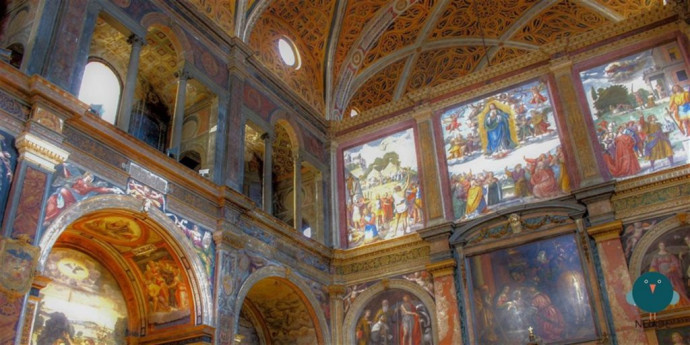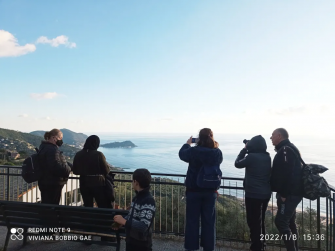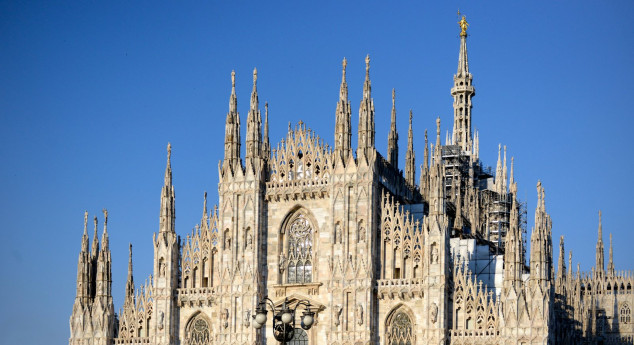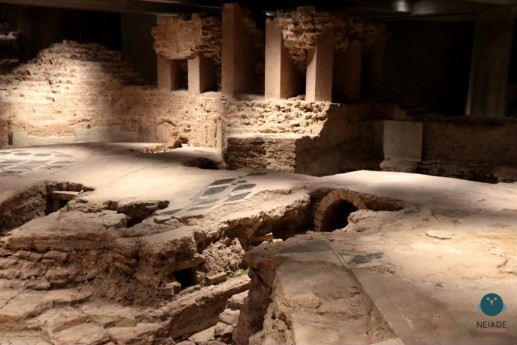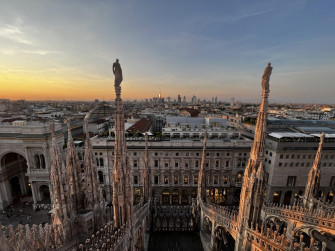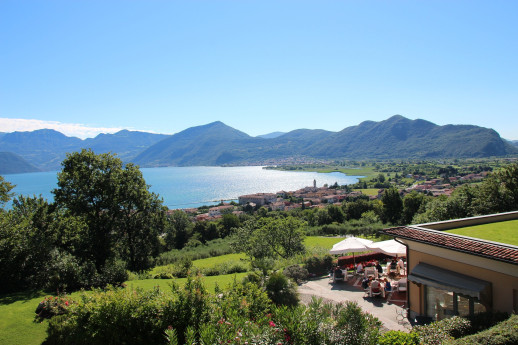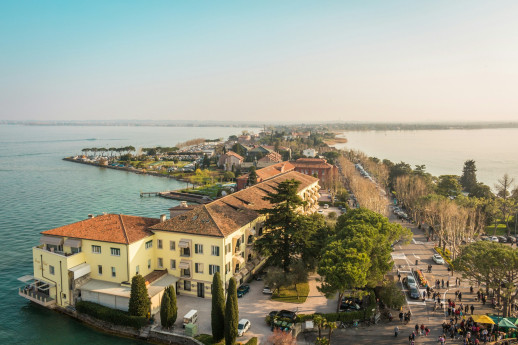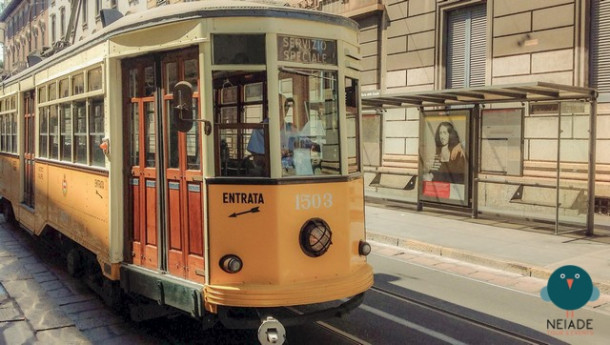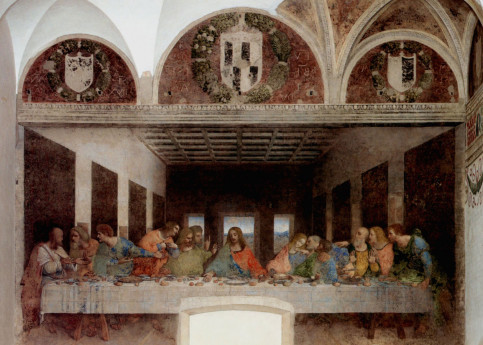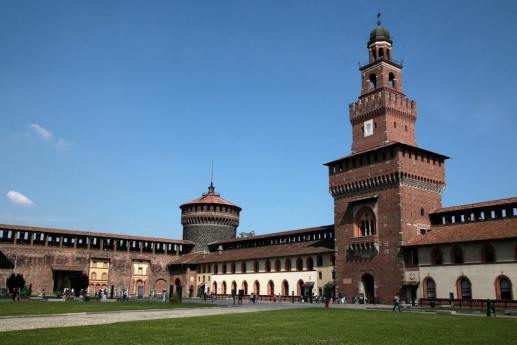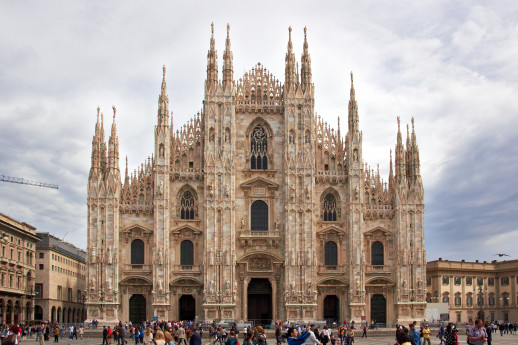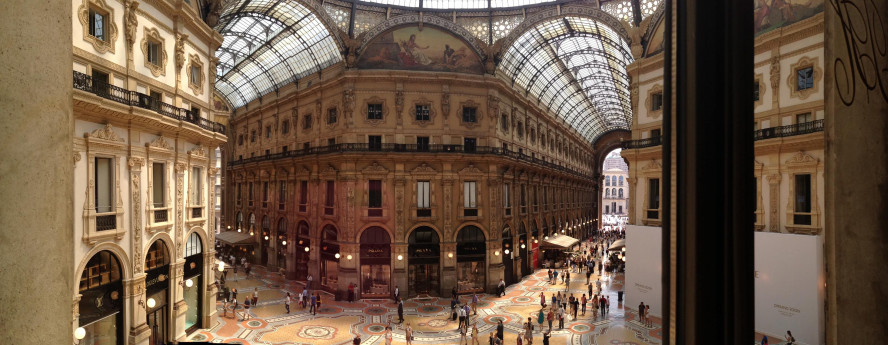- Navigli
- Art & Culture
Darsena di Milano
As well as being the city’s port, in the past the Darsena was also a highly important water junction.
The Darsena, as the Milanese knew it for four centuries, was commissioned and built in 1603 by Spanish governor Pedro Enríquez de Acevedo, Count of Fuentes (1525-1610): it was located against the new walls and, beneath these, a passage made it possible to access the new Viarenna lock; as it is now, the lock was partially located on the same level where the lake of Sant’Eustorgio once existed.
In September 2004 the Municipality of Milan gave its permission for a private developer to build an underground garage-car park on the site of the Darsena: the land was not considered to be of any archaeological interest. However, a series of finds uncovered shortly after excavation work began - the foundations of Spanish walls and a wooden platform thought to be the flooring of the original Viarenna lock - disproved this theory and necessitated the intervention of the authorities and the suspension of the work.
As regards the basin, the floor is covered by a few centimetres of water that trickle northwards while the south side is formed of a long island covered with luxurious wild vegetation that is home to various bird species: a small “clandestine natural oasis”.
As well as being the city’s port, in the past the Darsena was also a highly important water junction: it received the waters of the Olona and those that dripped from the internal ditch and diverted them to the Ticinello, which flowed beyond Porta Ticinese along the walls before turning south, and the Vettabbia. From one end to the other, the Darsena was 750 metres long and up to 25 metres wide with a surface area of 17,5000 m2 and a depth of up to 1.5 metres.
